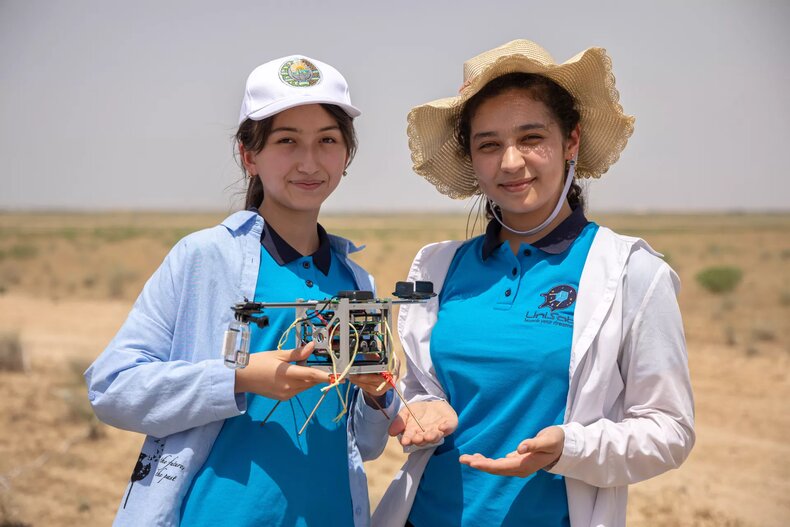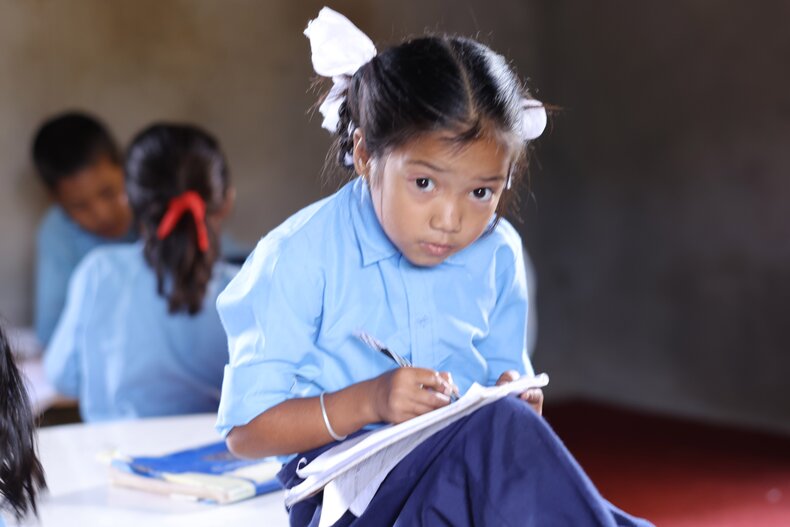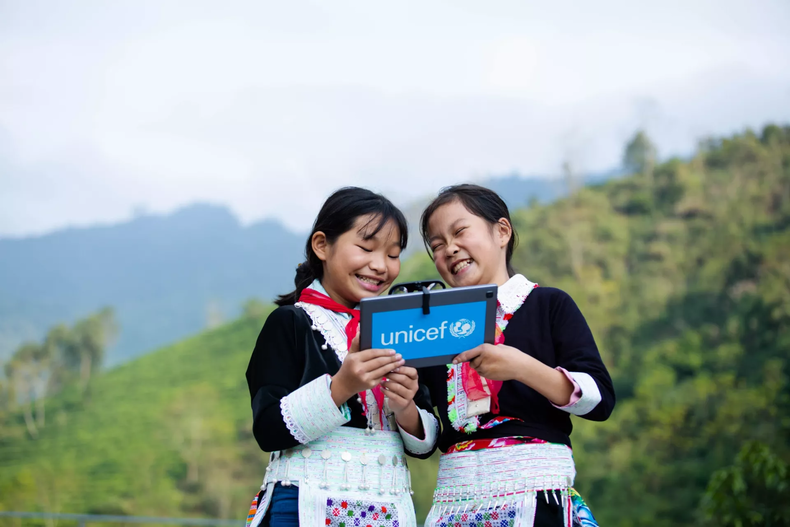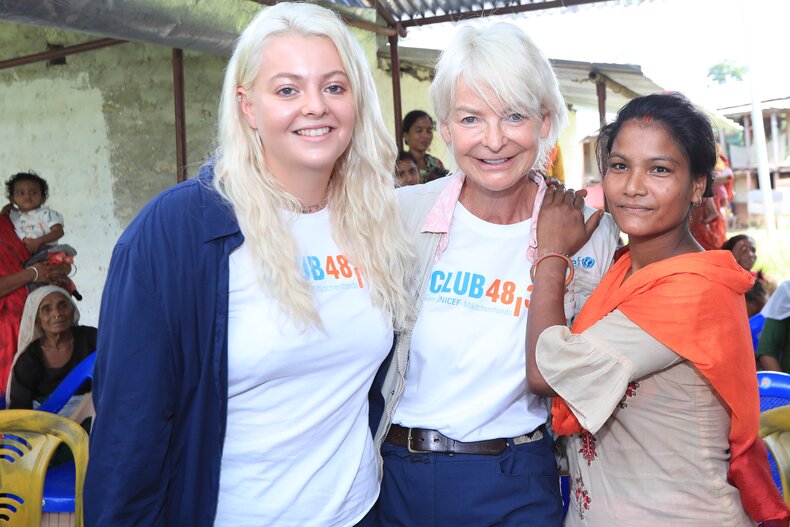

The International Day of the Girl Child shines a spotlight on the challenges girls face globally and the need to promote their empowerment and human rights.
Girls who make 49,6% of our population deserve a safe, educated, and healthy life—not just during childhood but as they grow into adulthood.
When effectively supported, girls hold the potential to transform the world, shaping the future as leaders, entrepreneurs, educators, and caregivers.
Investing in girls today is an investment in a more equitable and prosperous tomorrow. It ensures that half of humanity can actively participate in solving pressing global challenges like climate change, conflict resolution, economic growth, and public health.
As we approach the 2024 celebration, it is imperative to continue focusing on these issues, ensuring progress is not halted.

Although the world is making strides toward improving girls' lives, the statistics remain alarming.
"We cannot stay closed in our social bubbles if we want to make a change. There is much to improve and work on," emphasizes Ann Kathrin Linsenhoff.
Today, nearly 1 in 5 girls are still not completing lower-secondary school, and a staggering 4 in 10 girls are not finishing upper-secondary education.
In low-income countries, 90% of adolescent girls and young women lack internet access, with boys twice as likely to be online.
Additionally, girls aged 5-14 collectively spend 160 million more hours each day on unpaid domestic work than boys.
These disparities hinder their ability to reach their full potential, perpetuating cycles of poverty and inequality.

The issue of child marriage is another urgent challenge.
Before the COVID-19 pandemic, an estimated 100 million girls were at risk of child marriage over the next decade. Now, due to the pandemic, an additional 10 million girls are at risk of becoming child brides in the next ten years.
This problem exacerbates other serious issues, such as gender-based violence. Nearly 1 in 4 married adolescent girls aged 15-19 have experienced physical or sexual violence from their partners.
Even more tragically, adolescent girls account for 75% of new HIV infections among their age group.
"This must change through political will and humanitarian aid," asserts Ann Kathrin Linsenhoff, underscoring the need for urgent interventions to safeguard girls' futures.

In 2024, we join the United Nations in raising awareness with this year’s theme, "Girls’ Vision for the Future."
This theme highlights both the urgency of action and the hope embodied in the voices and visions of girls worldwide.
Today’s girls face disproportionate challenges, including climate change, conflict, and economic hardship, as well as the erosion of hard-won rights.
Despite these challenges, girls remain resilient and hopeful, pushing for a future where they can exercise their rights, make their own choices, and reach their full potential.
Their courage and optimism inspire a global movement for change, and it is essential to support them in realizing their vision for a better future.

The challenges are immense, but there are concrete steps we can take to create lasting change.
First and foremost, providing girls with access to comprehensive health services is crucial. This includes protection from cervical cancer, HIV, and maternal mortality.
Furthermore, efforts must be made to ensure girls live free from malnutrition and anaemia, particularly in developing regions.
Education plays a pivotal role in empowerment, and girls need access to quality education that equips them with relevant skills, leading to safety, freedom from violence, and a future free from harmful practices.
Finally, economic support is essential in expanding opportunities for girls, allowing them to have control over their own futures.

The International Day of the Girl Child serves as a reminder of the work still to be done to ensure every girl can lead a safe, empowered, and fulfilling life.
The path forward involves addressing systemic inequalities in education, health, and economic opportunities while also challenging harmful cultural practices and gender norms.
By investing in girls, we are not only upholding their rights but also building a future where they can contribute as equals in solving the world’s greatest challenges.
The power of girls is undeniable, and it is our responsibility to help them realize it.
Yours
sincerely

